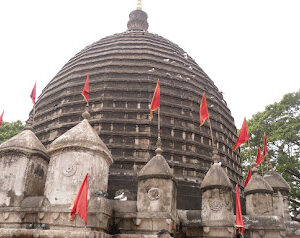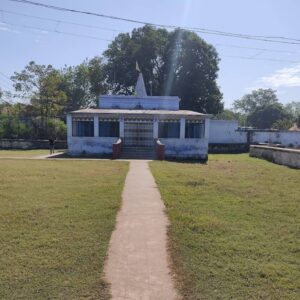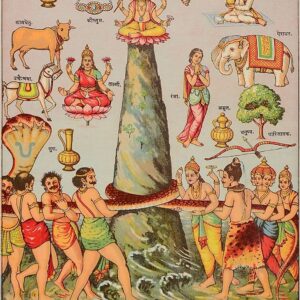The British Museum is a public museum dedicated to human history, art and culture located in the Bloomsbury area of London. Its permanent collection of eight million works is the largest in the world. It documents the story of human culture from its beginnings to the present. The British Museum was the first public national museum to cover all fields of knowledge.
In 2023 the museum received 5,820,860 visitors, an increase of 42% from 2022. It was the most popular attraction in the United Kingdom according to the Association of Leading Visitor Attractions (ALVA).
The museum was established in 1753, largely based on the collections of the Anglo-Irish physician and scientist Sir Hans Sloane. It first opened to the public in 1759, in Montagu House, on the site of the current building. The museum’s expansion over the following 250 years was largely a result of British colonisation and resulted in the creation of several branch institutions, or independent spin-offs, the first being the Natural History Museum in 1881. The right to ownership of some of its most well-known acquisitions, notably the Greek Elgin Marbles and the Egyptian Rosetta Stone, is subject to long-term disputes and repatriation claims.
In 1973, the British Library Act 1972[8] detached the library department from the British Museum, but it continued to host the now separated British Library in the same Reading Room and building as the museum until 1997. The museum is a non-departmental public body sponsored by the Department for Culture, Media and Sport, and as with all national museums in the UK it charges no admission fee, except for loan exhibitions.
History
Sir Hans Sloane
Although today principally a museum of cultural art objects and antiquities, the British Museum was founded as a “universal museum”. Its foundations lie in the will of the Anglo-Irish physician and naturalist Sir Hans Sloane (1660–1753), a London-based doctor and scientist from Ulster. During the course of his lifetime, and particularly after he married the widow of a wealthy Jamaican planter, Sloane gathered a large collection of curiosities, and not wishing to see his collection broken up after death, he bequeathed it to King George II, for the nation, for a sum of £20,000.
At that time, Sloane’s collection consisted of around 71,000 objects of all kind including some 40,000 printed books, 7,000 manuscripts, extensive natural history specimens including 337 volumes of dried plants, prints and drawings including those by Albrecht Dürer and antiquities from Sudan, Egypt, Greece, Rome, the Ancient Near and Far East and the Americas.
















Reviews
There are no reviews yet